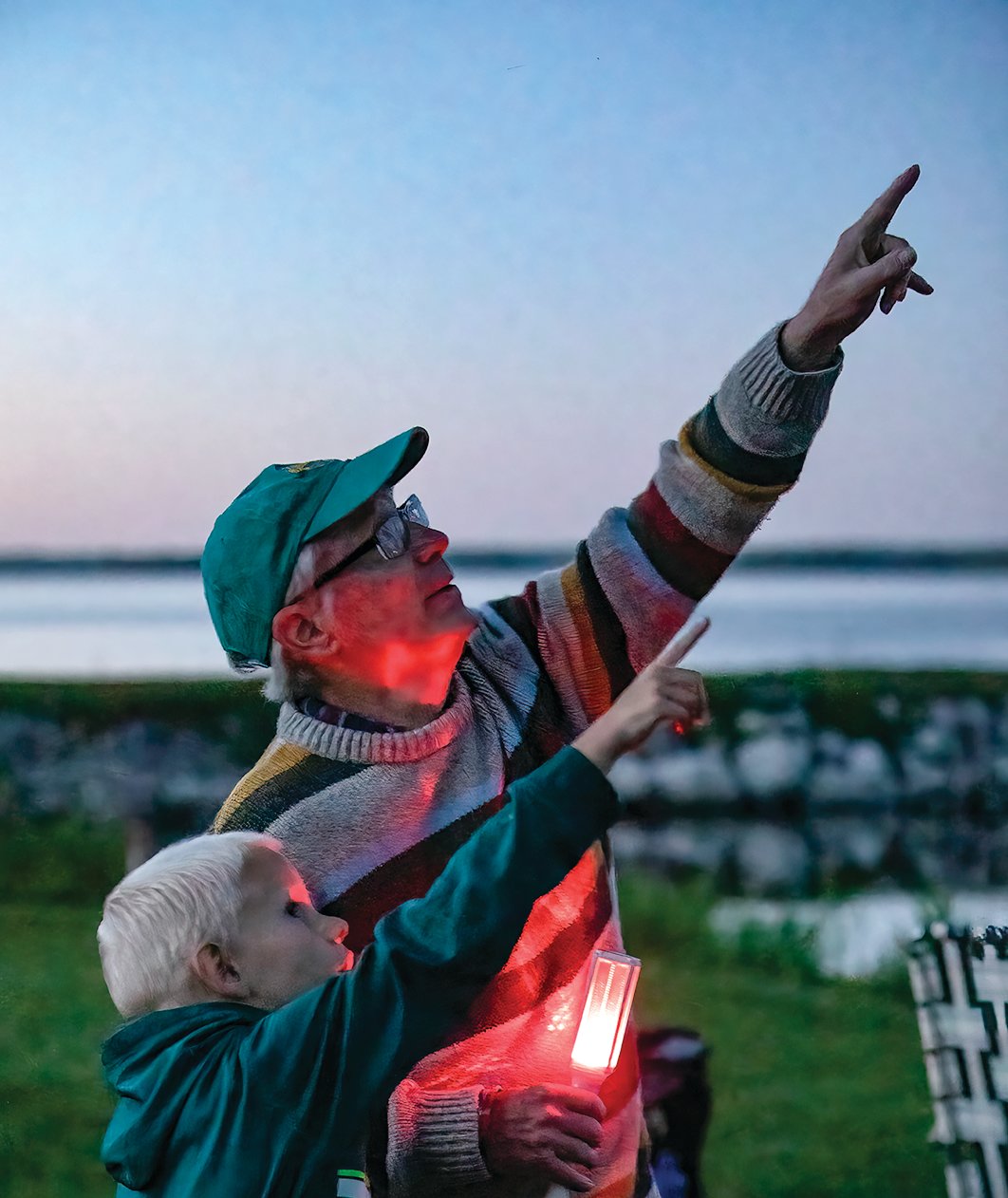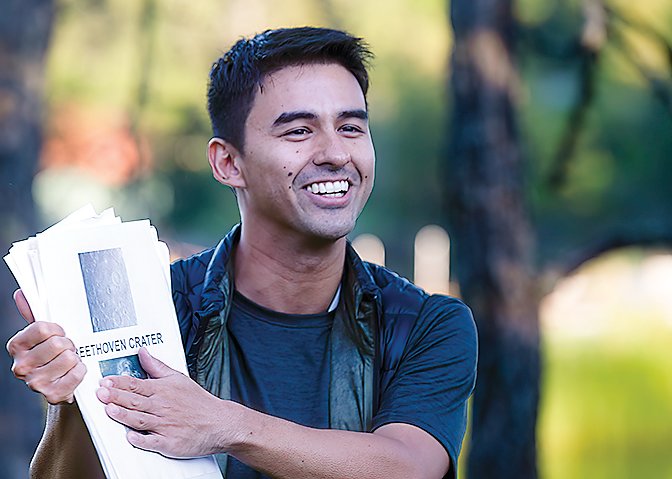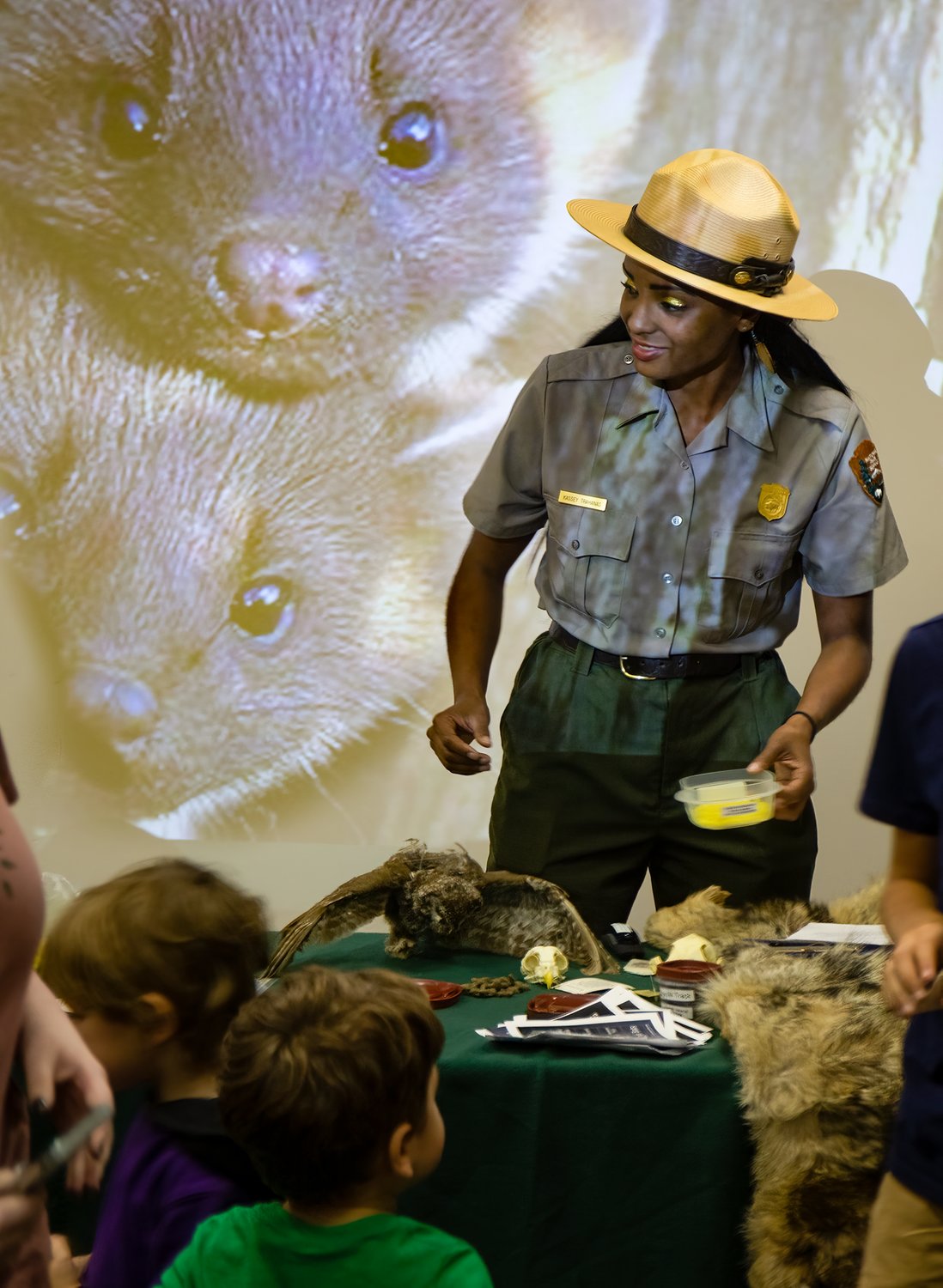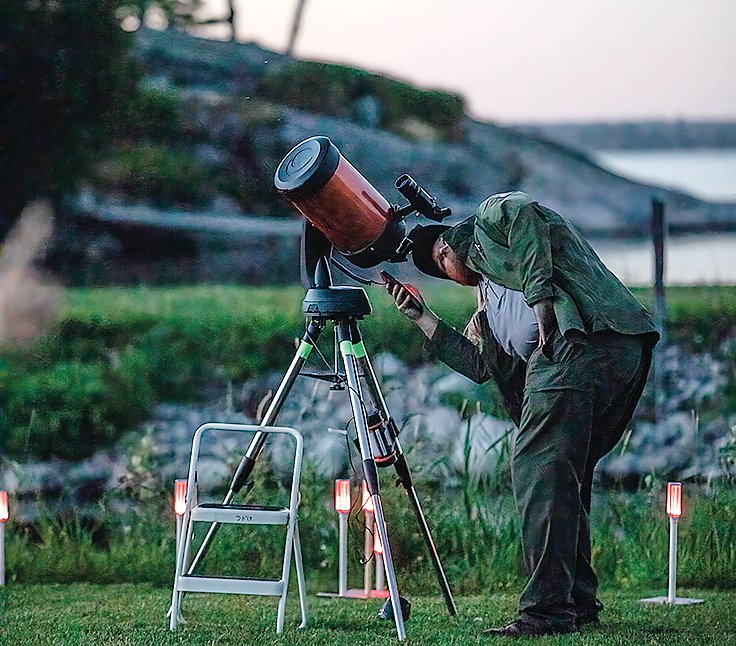Support the Timberjay by making a donation.
VNP’s dark sky celebration draws a hefty crowd
REGIONAL- Humans have forever looked to the night skies in awe and wonderment, and those emotions were on full display at the Kabetogama Visitors Center at Voyageurs National Park on Saturday during …
This item is available in full to subscribers.
Attention subscribers
To continue reading, you will need to either log in to your subscriber account, or purchase a new subscription.
If you are a current print subscriber, you can set up a free website account and connect your subscription to it by clicking here.
If you are a digital subscriber with an active, online-only subscription then you already have an account here. Just reset your password if you've not yet logged in to your account on this new site.
Otherwise, click here to view your options for subscribing.
Please log in to continue |
VNP’s dark sky celebration draws a hefty crowd
REGIONAL- Humans have forever looked to the night skies in awe and wonderment, and those emotions were on full display at the Kabetogama Visitors Center at Voyageurs National Park on Saturday during the second night of the Voyageurs Star Party 2022. The event, intended to celebrate the park’s designation as an international dark sky location, was sponsored by the Voyageurs Conservancy and the Park Service.
Paul Bogard, author of the critically acclaimed book “The End of the Night,” kicked the event off on Thursday with a lecture at Thunderbird Lodge in which he talked about the importance of darkness, how much has been lost, what we still have, and what we might regain.
The telescopes came out at the Rainy Lake Visitor Center on Friday, but inclement weather in the area may have caused some to stay away, as turnout was reportedly light. But the skies above the visitors center were kind, affording those who came opportunities to gaze at planets and stars and a display of the northern lights.
The skies at Kabetogama on Saturday couldn’t have been more favorable as star gazing kicked off in the bright mid-afternoon light with viewing of the star closest to us, the sun. Using specialized solar viewing equipment, visitors had an hour and a half to look for sunspots and elusive solar flares.
The activities moved indoors at 6 p.m. as Ranger Kassey Trahanas introduced the creatures of the night, the nocturnal animals that inhabit the park. Armed with a slideshow and props of pelts and skulls, Trahanas covered everything from owls to pine martens, teaching some scientific terminology along the way while keeping things fun and engaging. As she passed out cards for a game of nocturnal animal bingo that tested people on some of the facts that she had presented, the crowd had grown to standing room only.
Participants had two choices when Trahanas was finished. They could go directly to a spot near the boat ramp for campfire stories and s’mores, or they could choose to go on a “planet walk” first and hope there would be plenty of marshmallows and other fixings left once they were done.
About 30 people decided to take the planet walk with Voyageurs Conservancy Education Specialist Jesse Gates. As Gates prepared to take folks on a walk through the solar system, he commented on the turnout.
“I’m really excited for this, and for the events later on,” Gates said. “This is our second ever annual star party, and we had maybe a quarter of this crowd last year. I’m so happy to have seen it grown.”
The group moved along a 100-foot-long piece of string, with Gates placing a picture of each planet along the string at points representing their relative distance from the sun. Gates carried a sheaf of pictures illustrating the planets, moons, and various geographic features, and described both basic information and little-known facts as he went. For example, Gates said that under International Astronomical Association rules craters on Mercury have to be named for artists, composers, or writers who were famous for more than 50 years and have been dead for more than three years, illustrating that with pictures of craters named for composer Ludwig van Beethoven and Beatles singer/songwriter John Lennon.
Well-known amateur astronomer and planetarium educator “Astro” Bob King from Duluth was set to warm up the still growing crowd at 9 p.m., but he was there well before that to set up his big 15-inch Dobsonian telescope, augmented with two smaller telescopes provided by the park service. Before twilight had set in, he was already encouraging people to look up at the first star of the night, and then a second, naming and describing information about them as they appeared.
After King set the context for what people would be viewing that evening, the crowd formed three long lines at each of the telescopes and waited patiently for their turn. King’s telescope was trained on Saturn to begin with, but his infectious excitement was evident when he spied another planet beginning to appear on the eastern horizon.
“Folks, if you want to see this, Jupiter is just rising over the lake to the left,” he said. “How often do you just get to see it for the first time like that. And we also have a little northern lights starting over here, so keep an eye on that.”
Jupiter and Saturn were planetary highlights, but telescopic views of star clusters, galaxies, and nebulae also captivated the crowd for nearly two hours before the successful event wound down for the night.













